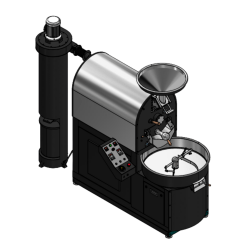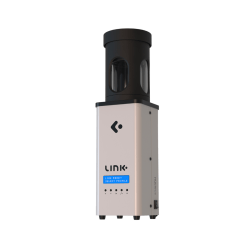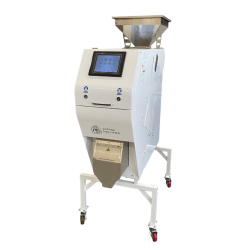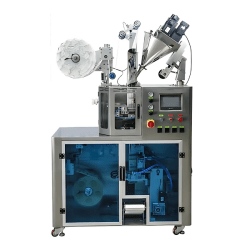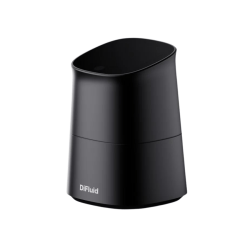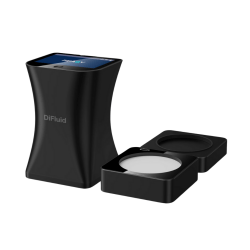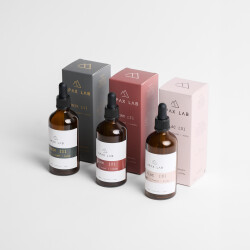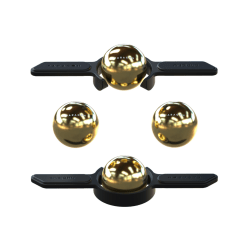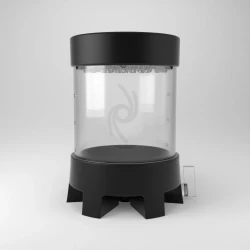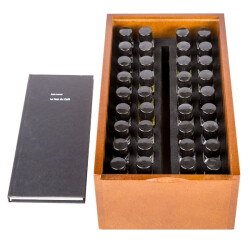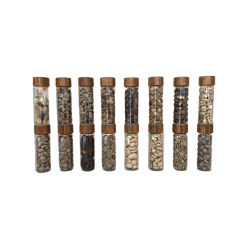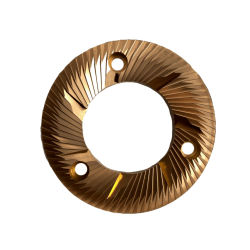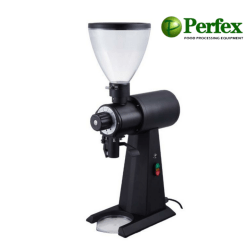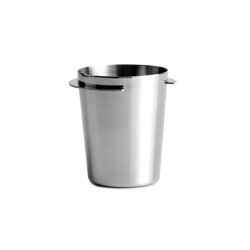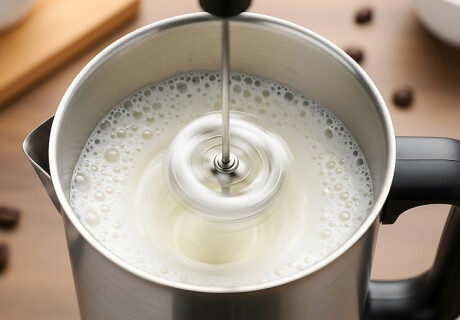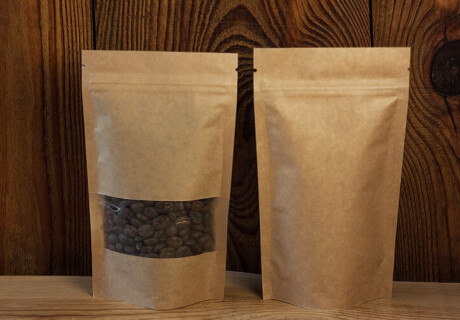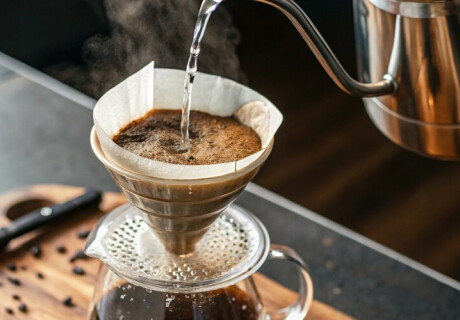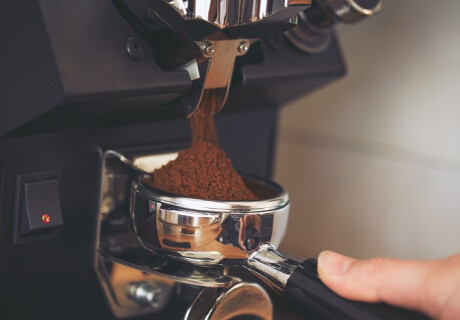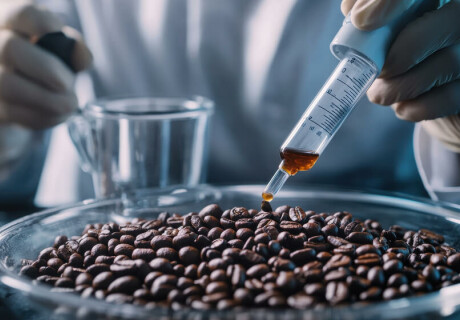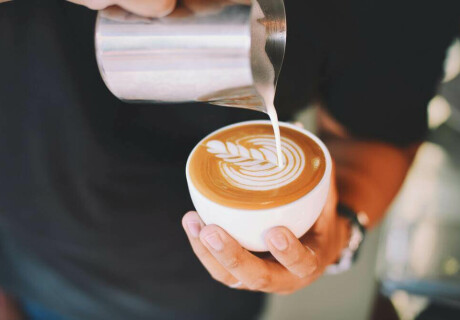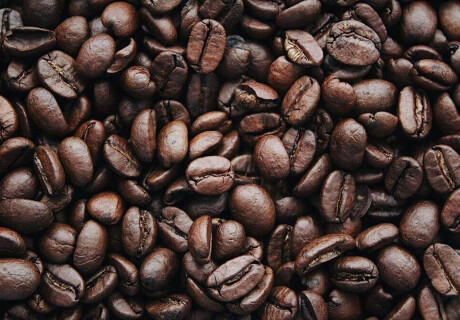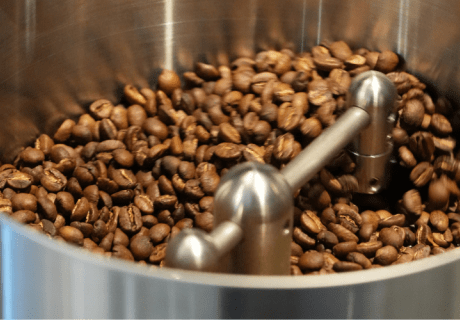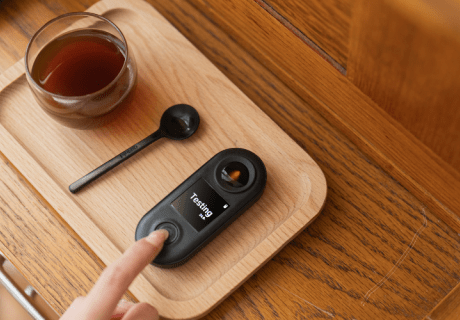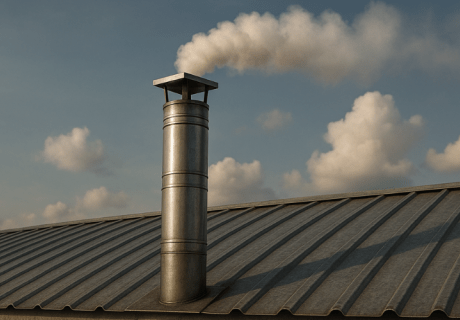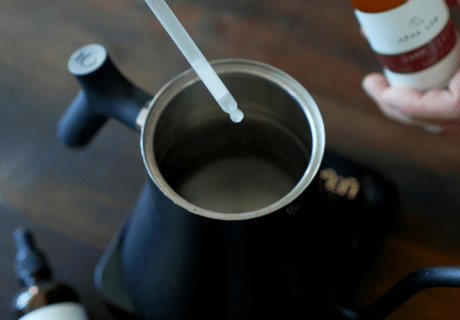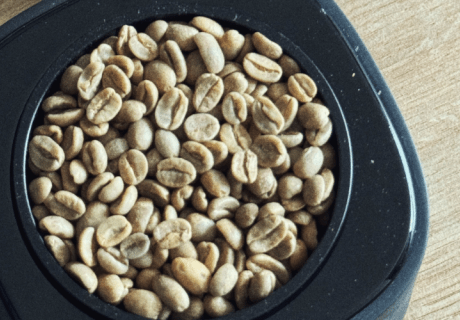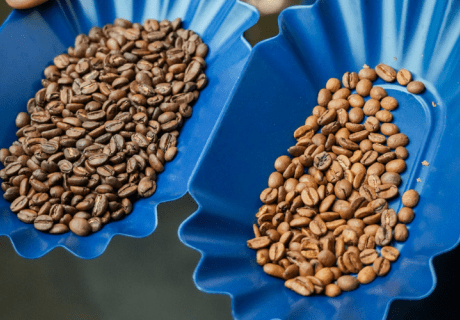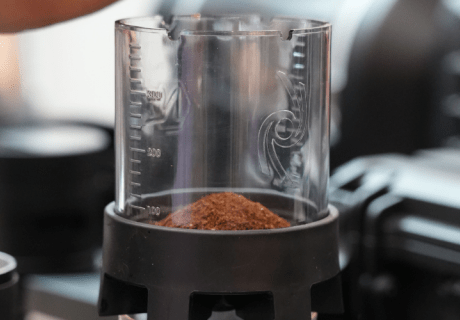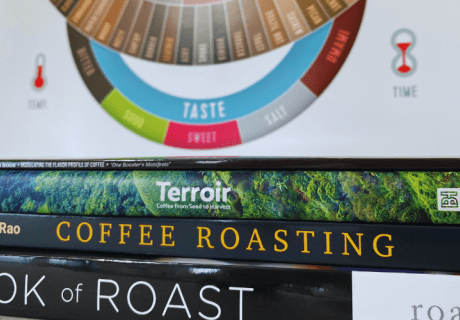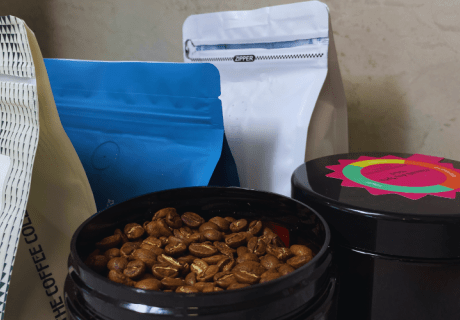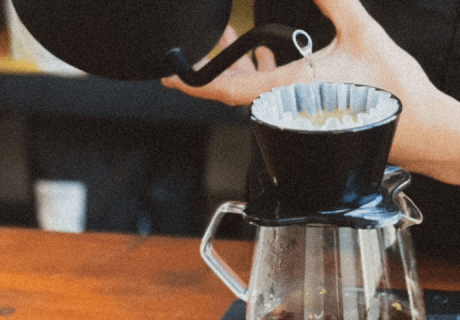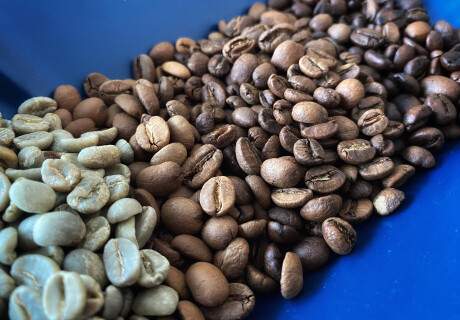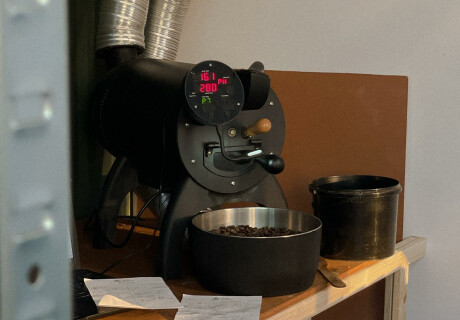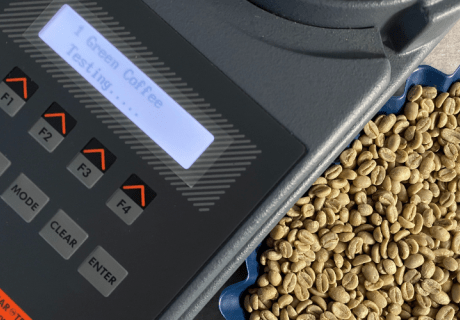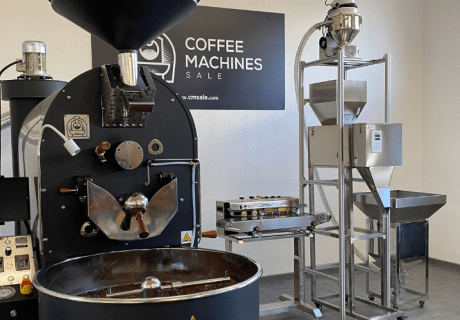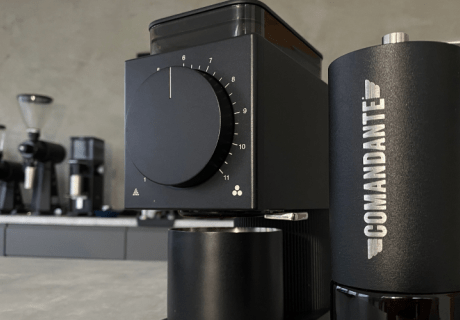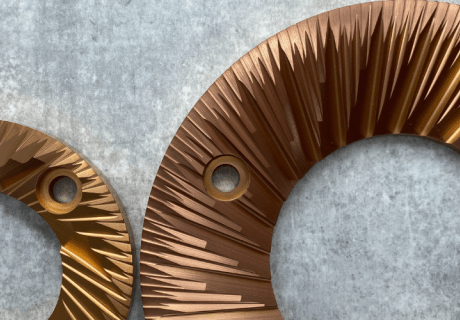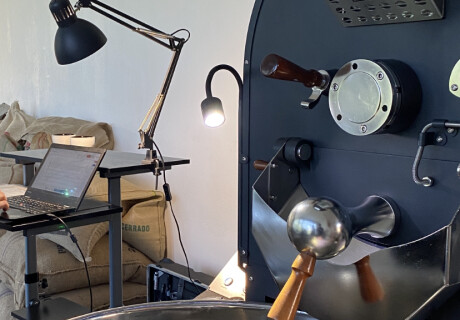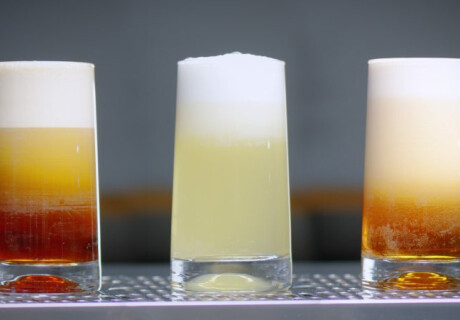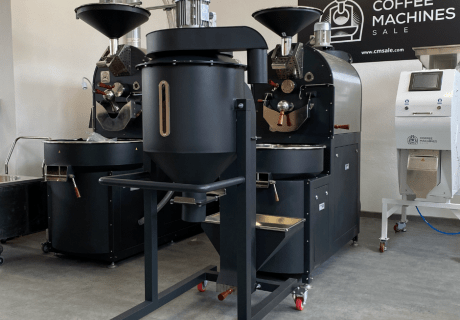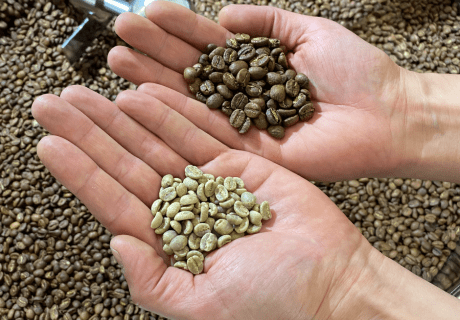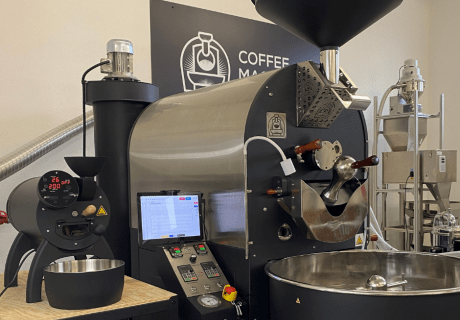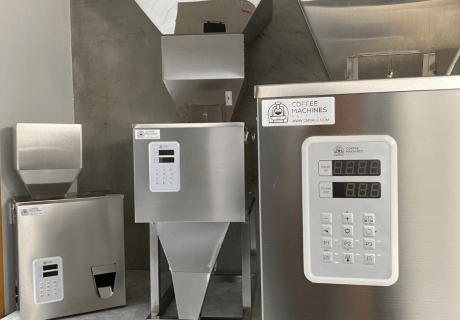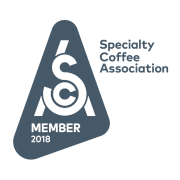How to Set Up a Sample Roasting Lab for Professional Evaluation
Understanding the Importance of a Sample Roasting Lab
In specialty coffee, the sample roasting lab setup is important for keeping quality and consistency high. For coffee professionals, this dedicated space is essential for evaluating green coffee quality accurately. It supports better purchasing decisions, helps design effective roasting profiles, and improves the overall quality of coffee products. A well-organized lab helps coffee experts carefully study and understand the details of each coffee sample, making sure only the best beans reach the consumer’s cup.
One of the main purposes of a sample roasting lab is to provide a controlled space where heat, time, and airflow during roasting are carefully managed. This level of control helps bring out and preserve the unique qualities of each coffee. By tailoring their methods to the requirements of a small-scale evaluation setup, professionals can precisely assess unroasted coffee beans, enabling them to detect even the subtlest nuances in flavor and aroma. This attention to detail not only improves the coffee tasting experience but also builds a reliable framework for consistent quality control across batches.
Essential Equipment for Your Coffee Lab
Setting up a professional coffee lab requires careful selection of equipment to ensure accurate assessments of coffee quality. At the heart of any lab are the sample roasters, which are essential for developing consistent roasting profiles. These specialized machines allow you to replicate roasting conditions on a smaller scale, making it easier to test and evaluate various coffee samples effectively. When choosing sample roasters, consider factors such as capacity, ease of use, and the ability to control key roasting parameters like temperature and time.
Popular models for professional coffee labs include the Stronghold S7 PRO, IKAWA Pro 100 X, and the Probatino Sample Roaster, all designed for precise small-batch roasting and reproducible results. With the right roasters, you can achieve the consistency necessary for reliable evaluations. In addition to roasting equipment, understanding how to build a cupping lab is essential for creating a complete setup to evaluate coffee quality. Essential tools and equipment you’ll need to include:
- Cupping bowls and spoons: Ensure they are made from materials that do not impart any flavors to the coffee.
- Grinders: Select a consistent grinder that produces uniform particle sizes to maintain the integrity of your evaluations.
- Scales: Use precise digital scales to measure coffee and water accurately, ensuring consistent brewing ratios.
- Tasting forms and scoring sheets: Standardize your evaluation process with detailed forms to record observations and scores.
By investing in high-quality equipment and understanding, you create an environment that fosters precise and reliable coffee evaluations, essential for delivering superior coffee experiences.
Choosing the Right Location for Your Lab
Choosing the right location for your coffee lab is an important step to help everything run well and ensure accurate coffee evaluations. A well-thought-out location can significantly impact the quality of your assessments and the overall workflow in your lab. When thinking about how to organize green coffee evaluations, choose a space that is practical, easy to access, and supports an efficient workflow for tasting, analyzing, and storing coffee samples. Ideally, your lab should be situated in an area with minimal external noise and distractions, allowing for focused and precise tastings. Accessibility is another important factor; ensure that the location is easy to reach for team members and any external partners who may participate in evaluations.
Another important part of the guide to coffee sample roasting is making sure your space is set up properly for both roasting and cupping tasks. This means having the right tools and layout to support each step of the process. This means having adequate ventilation to manage heat and smoke generated during roasting, as well as sufficient space to accommodate all necessary equipment and personnel. Lighting should be optimal to accurately assess the color and consistency of coffee samples. Consider the layout of your lab to facilitate a logical flow between roasting, grinding, and cupping stations. By carefully choosing a location that meets these needs, you create a supportive environment for professional coffee evaluations and ensure the efficient running of your lab's activities.
Setting up Your Sample Roasters and Cupping Stations
Choosing the right location helps create a good space for coffee testing and makes it easier to run your lab. Begin by selecting the right sample roasters that match your lab’s needs in terms of capacity and functionality. Position these roasters in an area with adequate ventilation to handle the smoke and heat they produce. Make sure that they are placed on sturdy surfaces to minimize vibrations during operation, which can affect the consistency of your roasts. Properly calibrate your roasters according to the manufacturer's guidelines to maintain accuracy and consistency across batches.
Next, set up your cupping stations to make the evaluation process easier and more organized. Place the stations in a bright area so you can clearly see the color and clarity of the coffee. Use good quality, adjustable lights that imitate natural daylight. Make sure each station has the necessary tools like scales, grinders, cupping bowls, and sample roasters, and keep these tools close by for easy access. Set up each station the same way to keep evaluations consistent and make the process simple for everyone. By arranging your sample roasters and cupping stations carefully, you create an effective and well-organized space that supports professional coffee testing.
Utilizing Aroma Kits for Skill Development
Adding aroma kits to your coffee lab is a valuable way to improve your sense of smell and tasting skills. These kits are designed to refine your ability to detect and identify various scents, which is necessary for evaluating green coffee quality. Each kit typically contains a selection of vials, each filled with a specific aroma commonly found in coffee, such as floral, fruity, nutty, or earthy. By regularly practicing with these kits, you and your team can develop a more acute sense of smell, enabling you to more accurately describe and evaluate the aroma profile of coffee samples. Here are some tips for using aroma kits successfully in your lab:
- Scheduled practice sessions: Set aside regular times for team members to practice with the kits, ensuring consistent skill development.
- Blind tests: Use blind scent tests to challenge participants and enhance their ability to identify aromas without visual cues.
- Group discussions: Encourage discussions after practice sessions to share insights and experiences, fostering a collaborative learning environment.
- Integration with cupping: Include aroma training in your cupping sessions to help you use these skills when checking your coffee consistency.
Adding aroma training to your regular routine helps build strong sensory skills, leading to more accurate and detailed coffee evaluations.
Protocols for Conducting Green Coffee Evaluations
Following a systematic process is key to assessing green coffee characteristics because it helps keep results consistent and trustworthy every time. To start, define a standard scoring system that will be used by everyone involved in the evaluation process. This typically includes categories such as aroma, acidity, body, flavor, aftertaste, and balance. Assign a numeric scale to each category, allowing for quantitative comparisons between different samples. By standardizing this scoring system, you enhance objectivity and provide a framework for systematic analysis. When thinking about how to organize green coffee evaluations, it’s important to set up a clear process that guides tasters through every step.
Begin with the preparation of coffee samples, ensuring consistent grind size and brewing methods for accuracy. During the evaluation, focus on observing specific attributes of the coffee, such as the clarity of flavor, the intensity of aromas, and the overall mouthfeel. Encourage tasters to take detailed notes and rely on their training with aroma kits to identify subtle nuances. Carry out evaluations in a quiet, distraction-free space, and whenever possible, use double-blind tests to reduce bias. Following these steps helps create a dependable and consistent way to judge the quality of green coffee samples. This leads to better decisions when buying and roasting coffee.
Maintaining Equipment and Ensuring Accuracy
Maintaining your lab equipment is a fundamental component of a successful sample roasting lab setup. Regular maintenance not only guarantees the longevity of your equipment but also plays an important role in preserving the accuracy and reliability of your coffee evaluations. Start by creating a routine maintenance schedule that includes daily, weekly, and monthly tasks. This may involve cleaning and inspecting sample roasters, grinders, scales, and other essential tools. Frequent cleaning prevents the buildup of oils and residues that can affect the taste and quality of coffee samples, ensuring that each evaluation reflects the true characteristics of the bean.
Regular calibration of equipment like roasters and scales is important to keep control over roasting factors and ensure accurate measurements. For example, make sure your scales are calibrated with certified weights to get exact measurements, which is important for consistent brewing ratios. Similarly, calibrate your roasters to maintain accurate temperature readings, helping you reach the desired roast profiles. By focusing on regular maintenance and calibration, you build a reliable and effective lab environment that consistently delivers high-quality coffee evaluations. This is an essential part of any guide to coffee sample roasting and supports your goal of excellence in coffee tasting and evaluation.
Tips for Continuous Improvement and Education
Continuous learning and improvement are important for keeping your coffee lab at a high standard. A great way to do this is by connecting with coffee communities, both online and in person, where you can share and learn valuable coffee sample roast tips and ideas. Participating in forums, attending workshops, and joining local coffee associations can provide valuable opportunities for learning and networking. These interactions allow you to gain new perspectives and stay informed about the latest industry trends, which can enhance your evaluation skills and keep your lab practices up to date.
Another important aspect is focusing on how to build a cupping lab that fosters an environment of continuous learning. Encourage team members to attend professional development courses and certifications to deepen their expertise. Regularly host internal training sessions and tasting events to practice and refine skills. By creating a culture of ongoing education and staying connected with the broader coffee community, your lab can remain at the forefront of innovation and quality in coffee evaluation.

